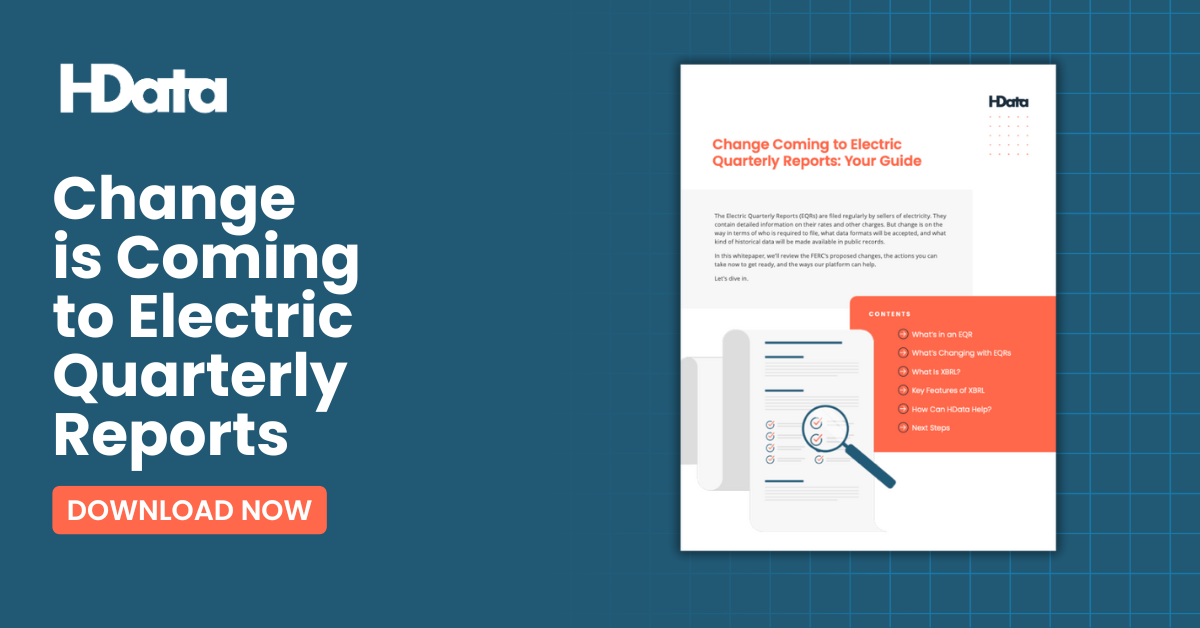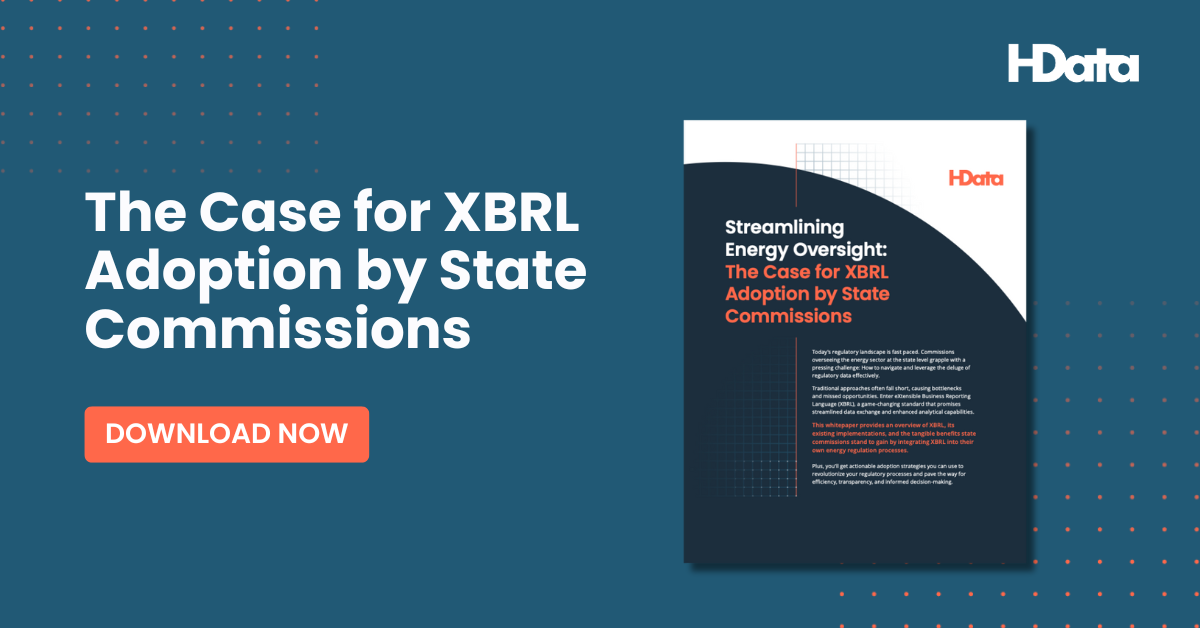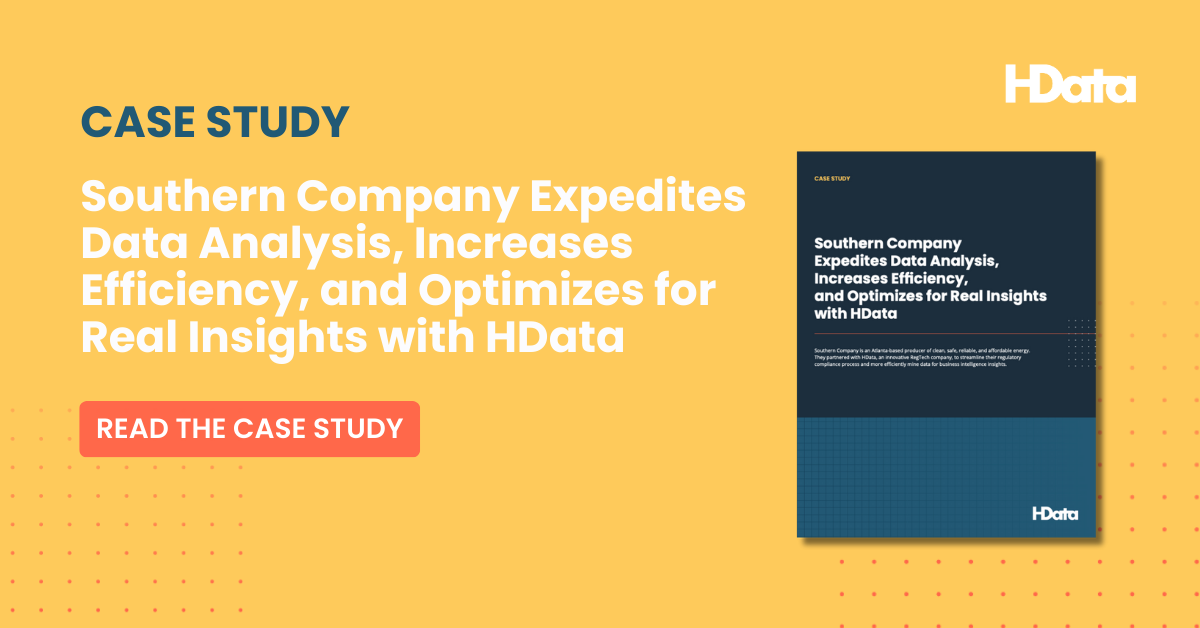Last month I was invited to speak on two panels at the FUZE conference in Houston, Texas; hosted by Digital Wildcatters. Both panel topics tackled different questions from the same linear thought: how do we improve the delivery of electricity? One topic dove into the particulars of decentralizing the grid, i.e. investing in Distributed Energy Resources or, as some panelists advocated, a complete rework of the regulatory structure to move generation and transmission away from regulated fully-integrated utilities. The other topic specifically focused on “how do we simply build more infrastructure and power?” I want to condense my thoughts here and point to the resources I used to develop them which came from our analysis tools at HData. Think of this as a case study of how we use our own systems and not a sales ploy; I legitimately found our tools helpful as I prepared for the conference and I want to show you how I did it and what I found.
We need MOAR Power!
Yes, that was the title for the panel at FUZE but, to be honest, it fit the vibe of the conference where beer was regularly served on tap, concerts closed out the evenings, and suits were explicitly discouraged. Even amidst all the fun, there were very serious questions being asked and experts were brought in to help answer them. The question posed to my panel: how do we build more power infrastructure? I tackled the question from a uniquely HData lens by bringing to bear some of our FERC Form 1 data filed by over 200 utilities across the country. Firstly, are companies actually building more? Yes, and in a big way.
Plant values (the assessed value of currently-used and useful assets owned by a utility) increased significantly between 2010 and 2021. Production plant value increased 18.5% in real terms (i.e. inflation-adjusted), distribution increased 35.4%, and the biggest of them all, transmission plant increased 106.6%! Transmission is where I want to focus.
The Department of Energy set a $20 billion financing goal earlier in 2022 to encourage high-voltage transmission line development, along with streamlining permitting and planning. The Federal Energy Regulatory Commission (FERC) supported that goal with a recently-filed NOPR (notice of proposed rulemaking) that seeks to reform Transmission Planning and Cost Allocation. I highly recommend you check out our webinar on the FERC NOPR which we discuss with two former chairmen of the FERC, Neil Chatterjee and Jon Wellinghoff. I brought many of the ideas discussed in that webinar to the FUZE conference.
Transmission is growing and the demand for more is growing alongside it. This comes with a major conversation in the energy regulatory space on what the future of electricity regulation will look like. As many in the utility space already know, most utilities operate as a regulated monopoly over a particular geographic area. This has been the norm for over 100 years and economists historically have referred to electricity as a “natural” monopoly i.e. it is a system that defaults to monopoly and requires regulation to reign-in bad tendencies. However, that is being challenged in the 21st century.
Generation is increasingly becoming a competitive market, spurred on by regulatory reforms in Texas, New England, and California. The same idea has been applied to transmission infrastructure in the past decade or so starting with FERC Order 1000 which allowed for competitive bidding in transmission projects. Particular companies have even moved away from a full GT&D (Generation, Transmission, & Distribution) portfolio and invest proportionally greater into T&D. Take Pacific Gas & Electric.
T&D is the major driver of value in the company, and it isn’t just PG&E. Other California utilities are seeing the exact same thing. While this is very specific to California (wildfires destroying transmission lines, competitive generation spurred on by community choice aggregators, DERs, etc), it is indicative of a cause-and-effect when certain regulatory reforms are made. Texas saw similar trends when they moved toward a competitive electric market where companies like AEP moved solely into T&D while Entergy Texas invested more into T&D (with a notable generation value increase in 2021). You can view those companies in the previous visualization.
Decentralizing the Grid
Innovations transforming how the grid operates also impact how transmission lines are built. Demands now in 2022 are going to be different than 2032 or 2042, meaning transmission planning will need to account for changes and trends that impact the wider energy industry. The FERC NOPR specifically includes provisions that require utilities to plan for these changes and expand their planning horizon to 20 years. The risk is that planning that far out will obligate utilities to follow those plans to the point of inflexibility. If the FERC crafts better reform and regulation from the NOPR, hopefully, the finalized regulation will accommodate some flexibility.
Regardless, utilities must think of the future in longer spans than normal. But what trends exactly is the FERC requiring transmission operators to plan for? I got a bit of insight on this from my second panel at FUZE.
The second panel focused on decentralizing the grid and whether doing that would catalyze decarbonization of the grid. Ultimately we focused on the former. I’ll be honest when I say that the concept of a “decentralized” grid was new to me but I was excited to dive into research before the panel and bring an HData spin to the topic.
Decentralization of the grid, simply explained, is the process of power generation, metering, delivery, and market decision-making falling increasingly on local actors rather than centralized companies or markets. This differs greatly from how electric markets have historically operated, and for a long time has been technologically unfeasible. However, with the invention of cheaper solar, wind, and electrical storage (considered “Distributed Energy Resources”), and the development of microgrids, grid decentralization is more attractive. I, of course as a Regulatory Economist, took a regulatory look at this phenomenon.
Decentralization creates an interesting situation for new arrivals to the energy industry wishing to compete with the incumbent large utilities that are regulated monopolies, and how incumbent utilities will need to react to economic and regulatory developments that are pushing toward grid decentralization. New entrants will want to participate in a competitive market for services while incumbents have regulatory clout and assets they have invested time and sometimes billions of dollars into. How do we reconcile these?
We can actually look at two states that have taken slightly different approaches: Texas and California. Texas took the free-market approach in the generation, distribution, and retail services while keeping transmission a regulated service (though de facto most incumbent utilities still operate distribution for the state). California took a stronger top-down regulatory approach by focusing incentives on renewable energy and allowing for Community Choice Aggregators.
The above visualization compares six companies, three from Texas and three from California. Note the differences in trends between Texas utilities and California utilities: power production being small or stagnant, while transmission and distribution rose significantly. Texas has had deregulation since the late 1990s (our data goes back to 2010). There are noticeably low trends in power generation given the size of Texas being more comparable to California. This is attributable to deregulation and the incumbent utilities like AEP, Entergy, and CenterPoint relegated to the transmission and distribution market.
California has largely achieved the same outcome through a different approach of Community Choice Aggregation. I view this approach as more palatable for many state utility commissions as being a regulatory approach to market reform by delegating more power to local governments and municipalities. CCA’s do this by allowing local governments to source power by acting on behalf of the residents under it to negotiate better rates. These rates can either come from the incumbent monopoly utilities like PG&E or from smaller generators that have sprung up in California (or a mix of both).
Just looking at large utilities shows power generation stagnated or declined. This doesn’t mean that demand for generation disappeared, quite the contrary. Rather, generation went outside the wheelhouse of FERC-regulated utilities and into smaller generators at the state level. The underlying theme of both California and Texas was to challenge the status quo of electricity generation being non-competitive; it can no longer be considered a “pure monopoly.” New England has a mix of both free-market and CCA’s providing services for the region, and other states are taking note. Virginia, where I live, has legalized CCA’s since 1999 but what I think the most serious inquiry into implementing it has only happened in the past year or so in Loudoun County.
I also see more conversations on how to further deregulate transmission and distribution services. The FERC transmission NOPR is the first step in this direction and will most likely garner conversation on the regulatory status of transmission and distribution. The important thing to understand is that regulation is not a “this or that” model, not a 1 or a 0. It’s a spectrum. Understanding the nuances of what is introduced and its impact on the market are important for proper decision-making and are implemented at varying scales across the country
This is what we at HData contribute to. Our datasets are the pulse-check of the large utilities in the United States and provide a historical look at data that can easily be tied to real-world events. This is what I’ve done here by tying our aggregated transmission and distribution data to trends I’ve seen in the past few years focused on the panel topics at FUZE. However, this is only scratching the surface. Much like how our data can get pretty granular into companies, my analysis is surface-level but can easily do deep quickly.
I hope it gets you interested in what we can do at HData but also in the wider regulatory space in energy. My goal at HData is to continually improve my skills as an economist by diving into this, and it starts by writing about what I see, asking questions, and asking for feedback; ultimately starting a conversation.
Want to chat with me about this article, or just get to know more about HData and our suite of products? Book a time on my calendar


